When it comes to transporting livestock, particularly cattle, the choice of semi-trailer is crucial. The semi-trailer not only impacts the safety and welfare of the animals but also influences the efficiency of operations and adherence to regulations. In this article, we delve into the critical question: how much weight can a cattle semi-trailer haul?
The Design and Structure of Cattle Semi-Trailers
Cattle semi-trailers are specially designed for the transportation of livestock. Understanding their design provides insight into their capacity and functionality.
Key Features of Cattle Semi-Trailers
Material Composition:
- Aluminum vs Steel: Aluminum trailers weigh less and resist corrosion, enhancing payload capacities. They are often more expensive upfront but may yield savings in operational costs over time. Steel trailers, while typically heavier, offer durability and strength but may require more maintenance due to rust.
Dimensions:
- Length and Width: Standard cattle semi-trailers are generally between 48 to 53 feet long and 8.5 feet wide. The inner height can range from 7 feet to over 8 feet, allowing for adequate space for cattle of various sizes.
Weight Restrictions:
- Most states in the U.S. allow a maximum Gross Vehicle Weight (GVW) limit of 80,000 pounds, including the tractor unit and the trailer. Since the weight of the trailer itself can range from 10,000 to 15,000 pounds, this significantly affects the payload capacity.
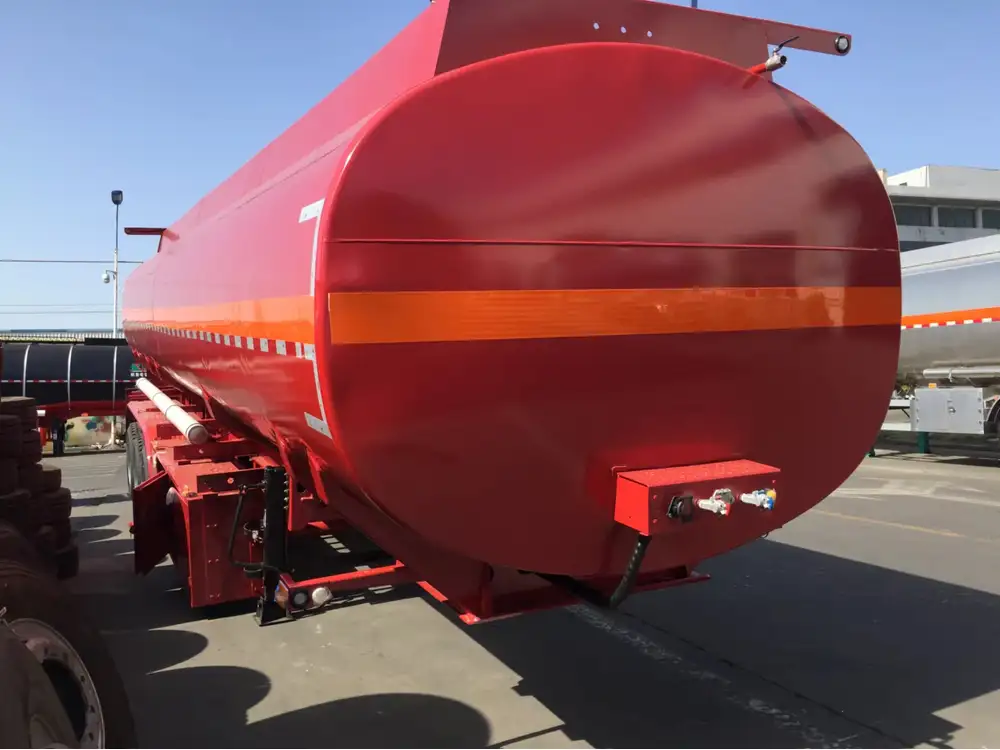
Calculating Payload Capacity
The payload capacity of a cattle semi-trailer is defined as the maximum weight that can be safely transported, excluding the weight of the trailer itself. Here’s how you can calculate it:
| Parameter | Weight (lbs) |
|---|---|
| Maximum Allowed GVW | 80,000 |
| Average Trailer Weight | 12,000 |
| Payload Capacity | 68,000 |
This example demonstrates that a typical cattle semi-trailer can haul approximately 68,000 pounds of cattle under normal circumstances.
Factors Influencing Hauling Capacity
The ability to haul a specific weight of cattle is not solely determined by the design of the trailer. Various factors come into play, impacting the actual weight that can be transported.
1. Animal Size and Type
Different breeds of cattle have varying weights:
- Beef Cattle: Typically range from 1,200 to 1,500 pounds.
- Dairy Cattle: Generally weigh between 1,000 to 1,800 pounds.
Understanding the breed and average weight is crucial, especially when calculating how many head of cattle can fit in a semi-trailer.
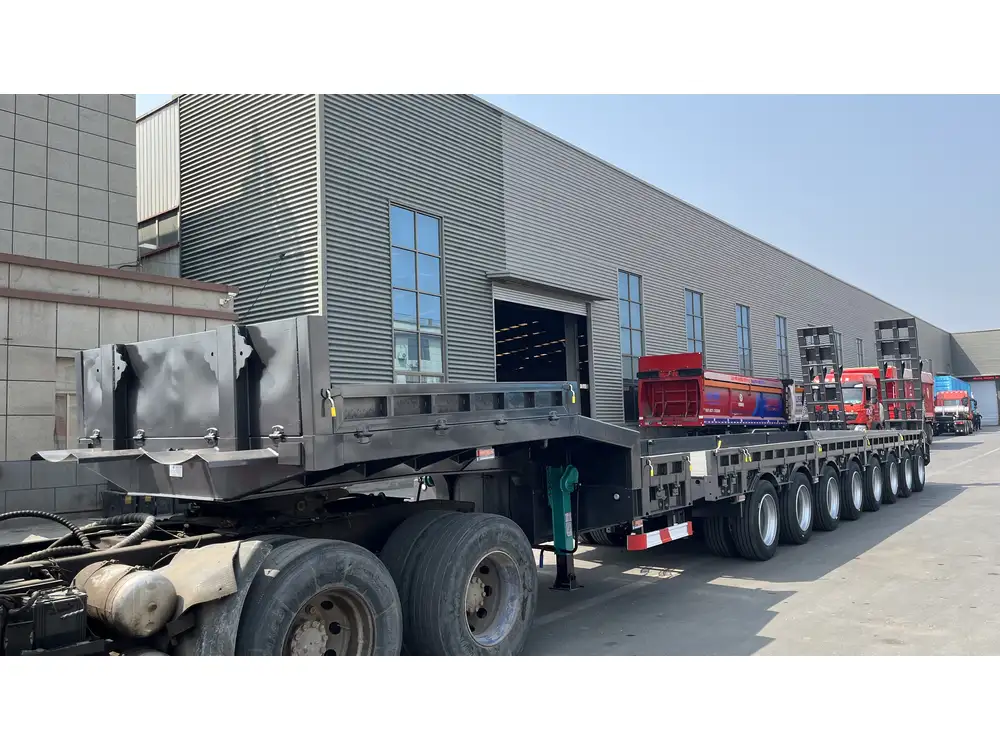
2. Local Regulations
Local and state regulations impose specific requirements that can limit the hauling capacity of semi-trailers:
- Legal Weight Limits: Regulations may differ, restricting the overall weight or requiring special permits for heavier loads.
- Animal Welfare Laws: These may dictate the space required per animal, further reducing the potential payload.
3. Load Distribution
Proper load distribution is vital for safe transport:
- Weight Distribution: The weight of the cattle should be evenly distributed to prevent accidents and ensure that the vehicle handles well.
- Stabilizing Equipment: Using dividers and gates can help manage animal positioning inside the trailer.
Best Practices for Transporting Cattle
To ensure that you maximize the hauling capacity of your cattle semi-trailer while prioritizing safety and compliance, consider the following best practices:
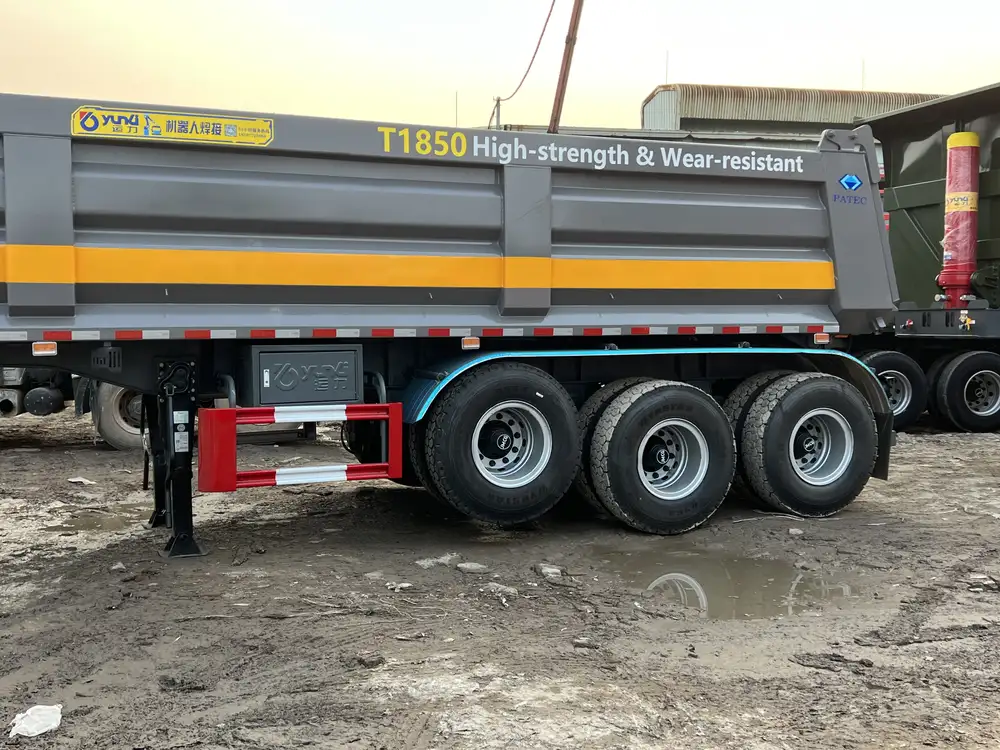
Load Calculation and Planning
- Conduct Pre-Trip Inspections: Always check the condition of the trailer, including tires and brakes.
- Plan Rations: Calculate the total weight of the cattle to determine how many can be transported, considering both their average weight and the maximum payload.
Use of Technology
- Apex Safer Load Systems: These innovative systems provide real-time feedback on weight distribution and overall load, significantly enhancing safety.
- GPS Systems for Tracking: Modern technology can assist with tracking cows and monitoring their welfare during transport.
Conclusion: The Art of Cattle Hauling
In conclusion, while a cattle semi-trailer can theoretically haul around 68,000 pounds of cattle, real-world conditions, regulations, and animal welfare considerations can greatly influence this number. It is essential for manufacturers and operators in the livestock transport industry to remain informed of these variables and adhere to best practices to ensure safe and efficient transportation.
By comprehensively understanding the capacity of your cattle semi-trailer and the factors influencing its performance, we enhance not only the effectiveness of transportation but also contribute to the well-being of the cattle being transported.
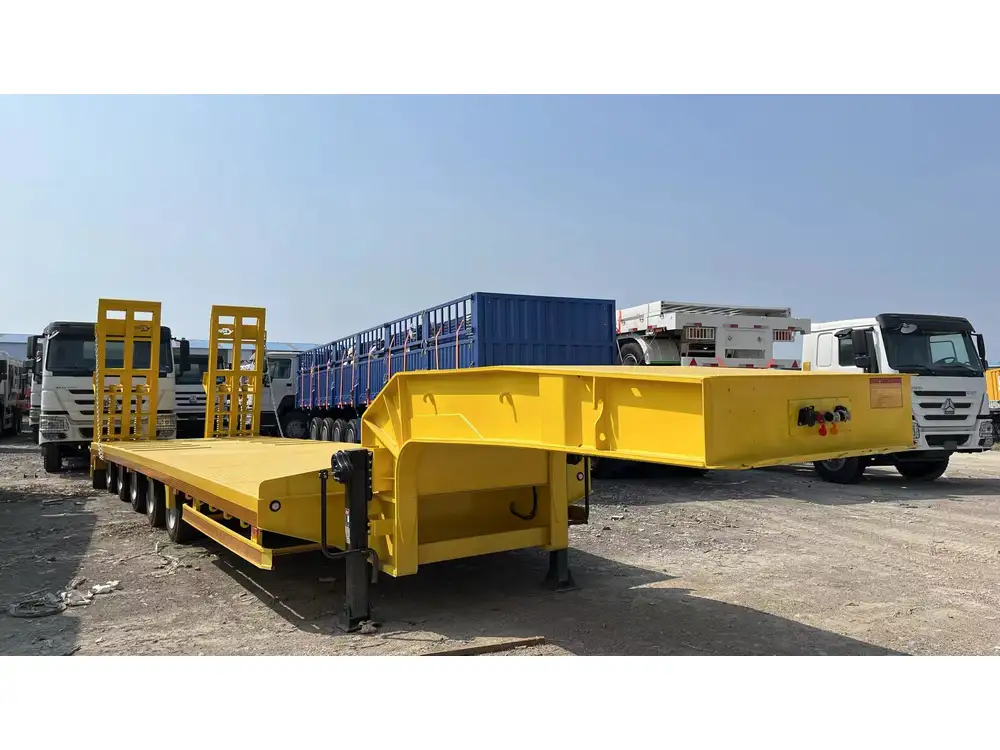
Frequently Asked Questions (FAQs)
What is the average weight of a cattle semi-trailer?
The average weight of a cattle semi-trailer typically ranges from 10,000 to 15,000 pounds.
How can I determine how many cattle my trailer can carry?
To calculate how many cattle can be transported, divide the payload capacity by the average weight of the cattle breed you are transporting.
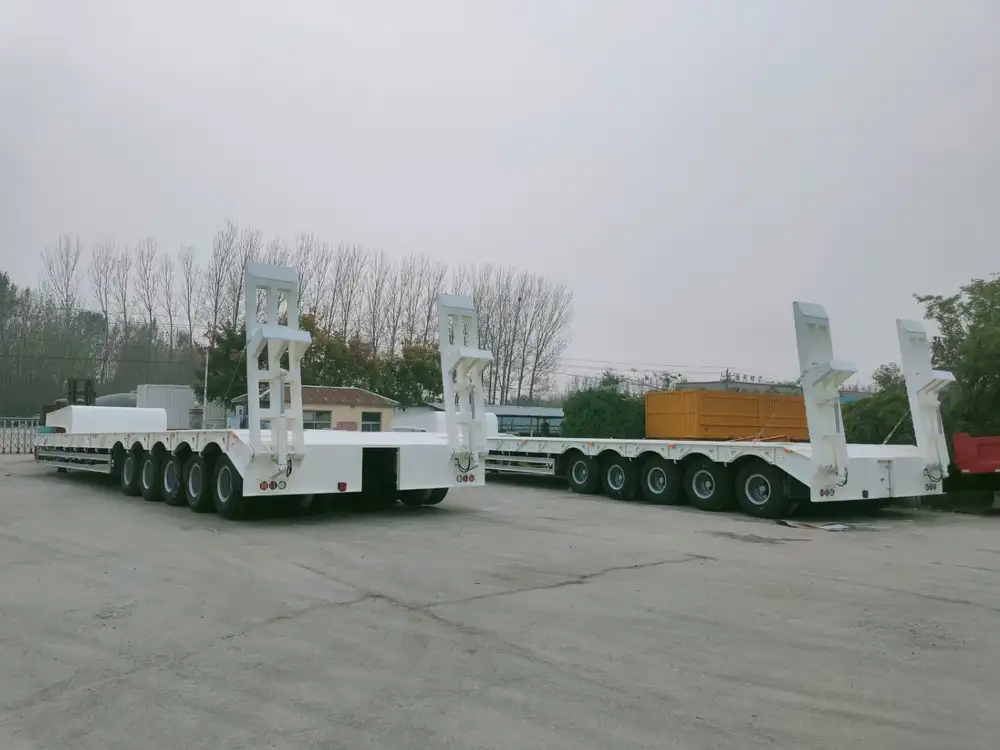
Are there any special permits needed for transporting cattle?
Yes, regulations vary by state, and you may need special permits for hauling loads exceeding standard weight limits or for specific routes intended for livestock transportation.
What common mistakes should I avoid when hauling cattle?
Avoid overloading, improper distribution of weight, and neglecting pre-trip inspections. These mistakes can lead to accidents, injuries, and legal issues.
This detailed overview provides a comprehensive understanding of how much weight a cattle semi-trailer can haul, ensuring that operators can make informed decisions regarding livestock transportation. With a mix of integrity and attention to animal welfare, success in this specialized field is within reach.



